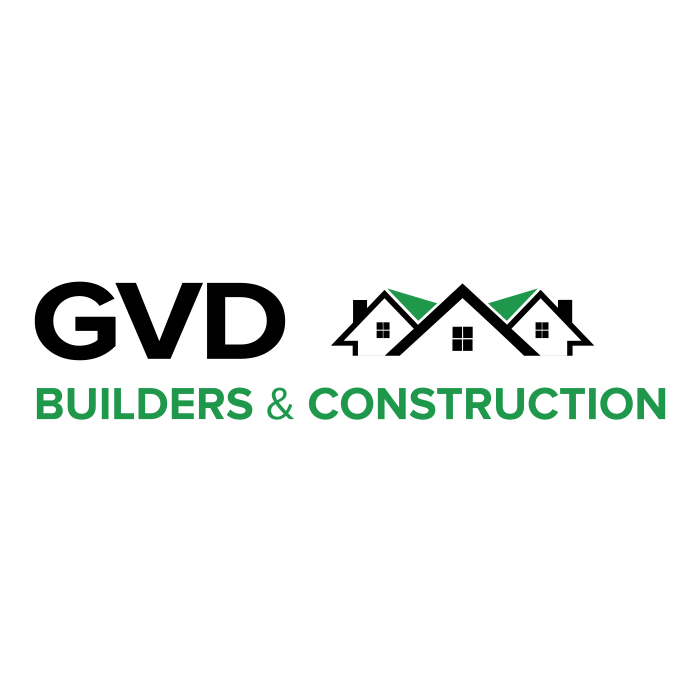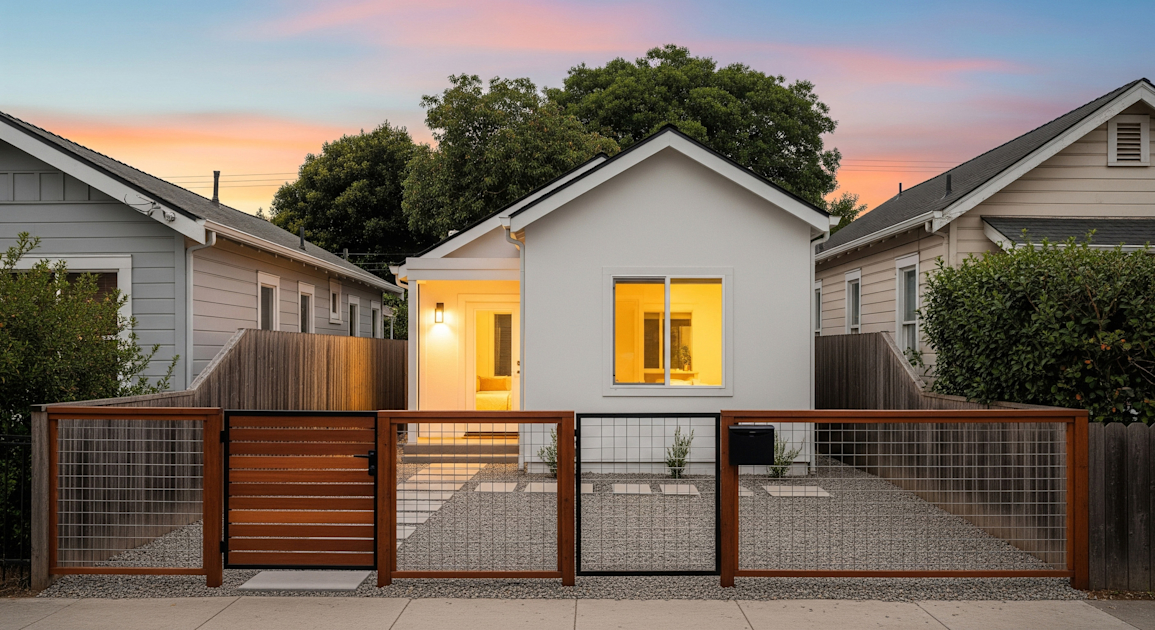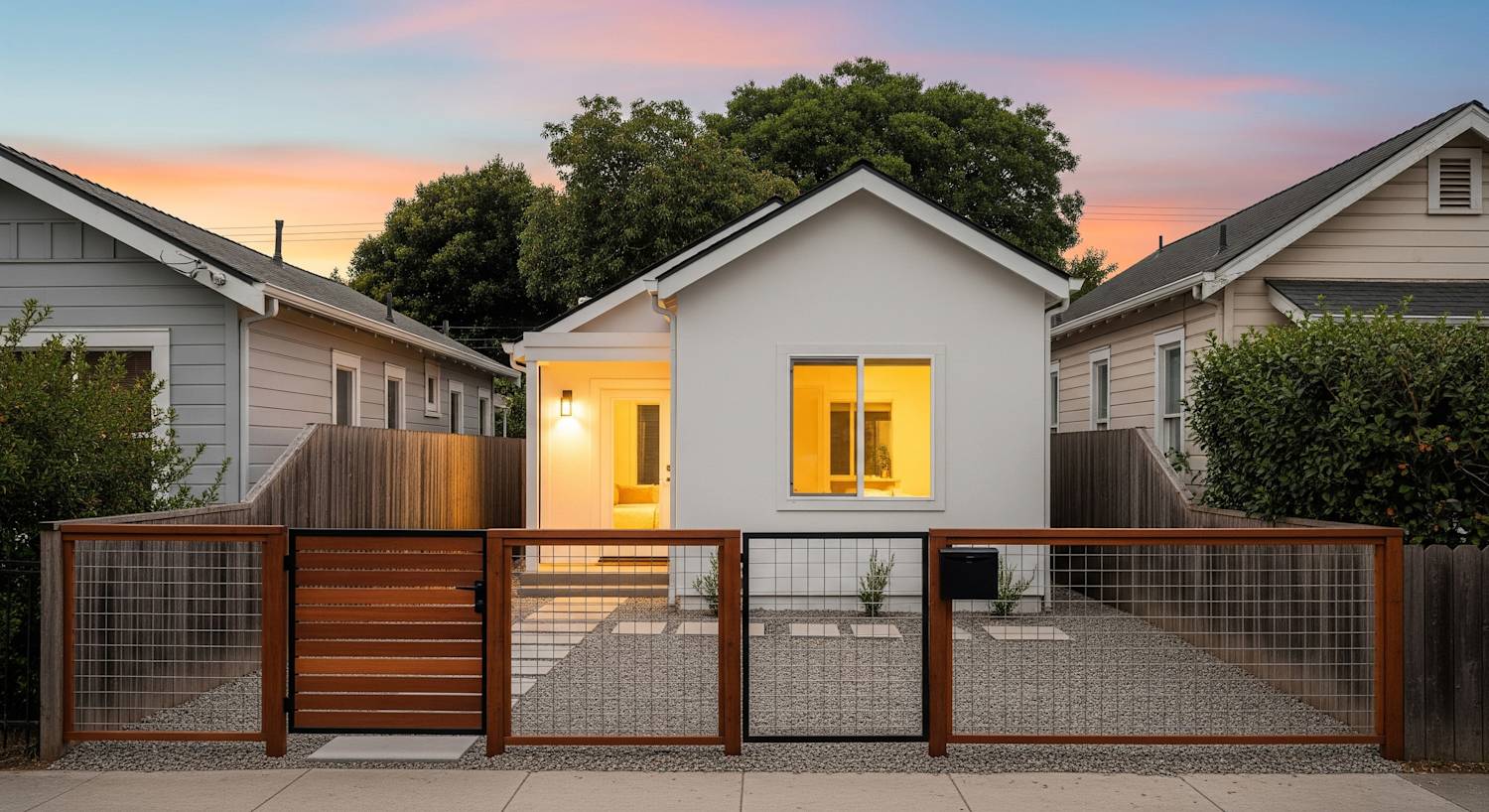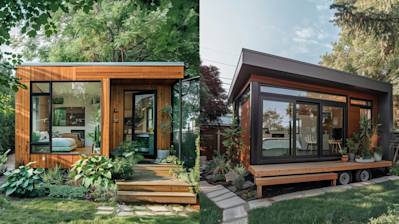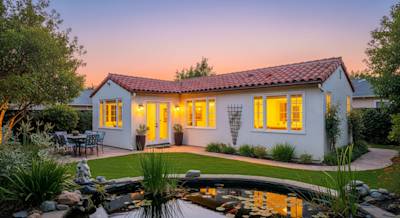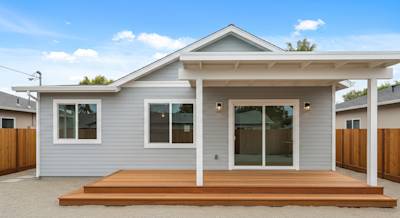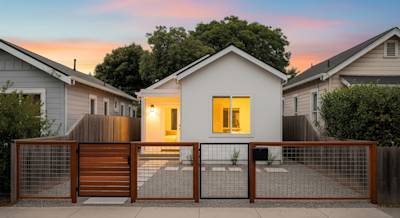The ADU (Accessory Dwelling Units) housing trend has taken the residential real estate sector by storm. More homeowners are realizing the numerous benefits that such structures offer, transforming their properties' usability and aesthetics. This article provides detailed insights into ADU housing, helping you understand why it may be the best choice for your home improvement needs.
What Is ADU Housing?
Defined as an additional residential unit attached to an existing single-family home lot, ADU housing can be an internal, detached, or attached structure. It has distinct living facilities including a kitchen, bathroom, and a living area. Commonly referred to as 'granny flats', 'in-law units', or 'backyard cottages', these structures provide an attractive, affordable housing alternative.
The Rising Popularity of ADU Housing
ADU housing has seen a significant surge in popularity, owed to a series of factors:
- Increasing Need for Affordable Housing: With soaring property prices and a growing demand for affordable homes, ADUs provide a viable, cost-effective solution.
- Growing Demand for Home-Based Services: As the popularity of home-based work and rental services increases, ADUs can serve as dedicated spaces that cater to such needs.
- Enhancing Property Value: Designing and building a well-planned ADU can dramatically increase a property's market value.
Types of ADU Housing
ADUs can be categorized primarily into three types:
- Internal ADUs: These units are incorporated within the primary home structure, often occupying basements or attics.
- Attached ADUs: These are constructed as an extension to the original building, maintaining a structural connection.
- Detached ADUs: These are standalone structures, situated separately from the primary dwelling, offering greater privacy and flexibility.
Designing Your ADU: Key Considerations
When designing your ADU, certain critical factors can impact its functionality, appearance, and appeal:
- Compliance with Local Regulations: Be familiar with local building codes and zoning laws that regulate ADU housing in your area.
- Space Optimization: Since ADUs are compact structures, ensure efficient usage of space, incorporating creative design solutions.
- Consider Lifestyle Needs: Tailor the ADU design to suit the prospective occupants' lifestyle. For example, workforce renters might need a home office, while an elderly family member might require additional accessibility features.
- Environmental Sustainability: Incorporate eco-friendly features such as energy-efficient appliances, solar panels, or rainwater harvesting systems.
Frequently Asked Questions about Adu Housing
Can I Rent Out My ADU Housing?
Yes! In fact, one of the primary reasons homeowners build ADUs is to generate rental income. ADUs can provide a steady source of income and they also add overall value to your property. However, be sure to check in with local zoning regulations, as some areas have stipulations about who can live in ADUs or for how long.
What are the Building Regulations for ADU Housing?
Every local area has different building regulations for ADU housings. They generally include rules about size restrictions (both minimum and maximum), height limitations, parking requirements, owner occupancy, and other design regulations such as entrance location, window placement, and aesthetic compatibility with the main home. Always contact your local planning department to ensure you understand and follow all the regulations.
Does ADU Housing Increase Property Value?
Generally, constructing an ADU does increase the overall value of your property. The exact amount of value increase can vary depending on factors such as the cost of construction, the size and quality of the ADU, the rental market in your area, and how much potential buyers value having an ADU on the property. In hot housing markets, value increase can be quite significant.
How Much Does It Cost to Build an ADU Housing?
The cost of constructing an ADU can vary greatly based on factors such as location, size, design, finishes, site characteristics, and local fees and permitting costs. On average in the United States, it might range from $100,000 to $200,000 for a fully equipped standalone ADU. Ensure you create a realistic budget from the beginning that accounts not just for construction, but also design, permitting, and unexpected contingencies.
How Long Does It Take To Build an ADU Housing?
From designing to moving in, building an ADU can take anywhere from a few months to more than a year. You'll generally need to consider time for steps like designing and drafting, getting the necessary permits, actual construction, and any final inspections. It’s wise to expect delays and plan accordingly.
Will Having an ADU Affect My Property Taxes?
Adding an ADU to your property may increase your property taxes, as the value of your property will likely increase with the addition of another livable unit. The increased property tax is generally proportional to the value that the ADU adds to your property.
Can I Sell My ADU Separately from My Primary Home?
In most jurisdictions, you cannot sell an ADU separately from the primary home. This is partly because ADUs are typically seen as a subordinate part of the property that cannot be subdivided or sold separately. However, regulations may differ in certain areas.
What are the Financing Options for ADU Housing?
There are several different ways to secure funding to build an ADU. They include Cash Savings, Home Equity Loans, Home Equity Lines of Credit (HELOC), Construction Loans, or Renovation Loans. It's recommended to speak with a financial advisor or real estate financing professional to understand the best options for your situation.
Pros of ADU Housing
Increased Property Value
One of the key benefits of ADU (Accessory Dwelling Unit) housing is the potential increase in property value. Building an ADU can enhance the attractiveness and functionality of a property, making it more appealing to potential buyers. The added living space can significantly boost the value of the property, providing an excellent return on investment.
Renting Opportunity
For homeowners, an ADU can serve as a source of additional income. The unit can be rented out for long-term housing or short-term vacation rentals. This can help offset mortgage payments and cover the cost of the ADU construction.
Assisted Living for Family Members
With the increasing cost of assisted living and nursing homes, an ADU can provide an affordable and comfortable living solution for elderly parents or disabled family members. ADUs offer a unique balance between maintaining privacy and offering close supervision and care for family members in need.
Addressing Housing Shortages
ADUs can provide a partial solution to local housing shortages, particularly in heavily populated urban areas. They offer an efficient means of increasing the supply of affordable housing without the need for acquiring additional land or making significant infrastructure changes.
Environmentally Friendly
ADUs are typically smaller and more space-efficient than standard single-family homes. This means they require fewer resources to build and less energy to heat or cool, making them a more sustainable housing option from an environmental perspective.
Cons of ADU Housing
High Initial Cost
One of the most significant drawbacks of an ADU is the high upfront cost to build. While ADUs are generally cheaper than conventional homes, they still require a substantial investment. Depending on the complexity of the design, the costs for construction, permits, and utility connections can become prohibitive for some homeowners.
Access to Financing
Access to funding can be another challenge when it comes to building an ADU. Traditional mortgage lenders often do not consider potential rental income from an ADU in their loan qualification criteria.
Zoning Restrictions and Permitting
While many cities have loosened regulations on ADUs in recent years, some neighborhoods still have stringent zoning restrictions that may prohibit the construction of an ADU. Homeowners may have to navigate a complicated and time-consuming permitting process.
Maintenance and Landlord Responsibilities
Becoming a landlord can prove to be a significant responsibility. Sudden repair needs, tenants' issues, and dealing with vacancies are all factors that homeowners have to consider when renting out an ADU.
Potential Strains on Infrastructure
While ADUs can help alleviate housing shortages, they can potentially add strain to existing local infrastructure. For instance, if many homeowners in a given area decide to build ADUs, the increased population could potentially impact local roads, public transportation, and utility systems.
Privacy Concerns
Finally, while ADUs do offer an opportunity to house family members or earn rental income, they also bring with them potential privacy concerns. Sharing a property with tenants or even family members can sometimes lead to disturbances and a lack of privacy.
Summary
Overall, ADU Housing is a great solution for those seeking to maximize their property in a cost-effective manner. It not only adds value to the property but also provides a unique opportunity for homeowners to earn additional income. From granny flats to converted garages, these compact homes have all the amenities of a traditional house packed into a smaller space, perfect for those who love cozy living environments.
The versatility of ADU housing is what makes it stand out. Whether it's for renting out, housing an aging relative, or providing a separate living space for an older child, ADUs serve various purposes. They can be tailored to suit individual needs while beautifully blending into the landscape of the existing property. It maximizes the potential of this unused space, thereby promoting efficient land use and sustainability.
Despite certain zoning and permit challenges, the benefits of ADU housing are substantial. It's a solution that addresses several prevailing issues, such as the need for affordable housing and the desire for privacy. With cities relaxing legislation and making it easier to build ADUs, this form of housing is on an upward trajectory. So, if you have the space and are considering an ADU, it might just be the smartest investment for your home and community.
About GVD Builders
GVD Builders in Sacramento, CA is pure commitment to excellence. Established with a clear mission - to create stunning and efficient living spaces, this premier building firm has been transforming homes in the area for years. Each member of our talented craftsmen team brings a passion for distinctive architecture and every build is infused with creativity, professionalism, and precision. Whether it's a large remodel, a custom home, or a one-room renovation, GVD Builders ensures you a stress-free and enjoyable construction process. Partner with us today, let’s build something great together!
The content provided here is intended for informational purposes only and should not be considered professional advice. We recommend consulting with a qualified specialist before making any decisions related to your project. Pricing, product availability, and specifications are subject to change without notice. Any references to specific brands or products represent our opinions and do not constitute official endorsements or guarantees of performance.
